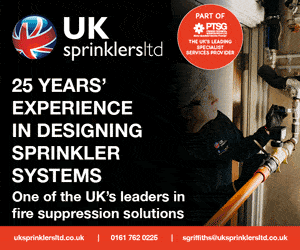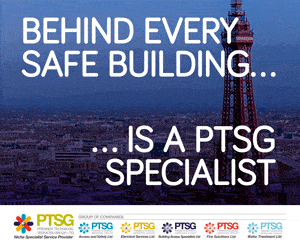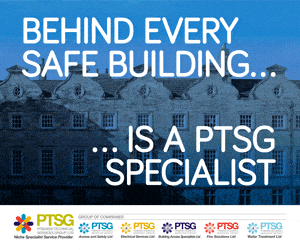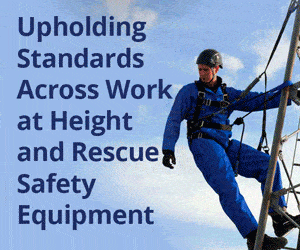Building owners and managers could be sitting on an insurance time bomb, as experts reveal that non-compliant fire dampers are leading to rejected insurance claims and exposing businesses to millions in potential losses.
“We’re seeing a rise in insurance companies scrutinising fire safety documentation after incidents,” warns Gavin Richards, Compliance Expert and Managing Director at Indepth Services, a PTSG company. “Many building managers are shocked to discover their insurance policies are effectively void due to inadequate fire damper maintenance.”
This comes as data shows an alarming 70% failure rate in initial fire damper inspections across UK buildings, highlighting a widespread problem that could have devastating financial consequences.
The True Cost of Non-Compliance
Recent cases have shown that the financial impact of non-compliant fire dampers extends far beyond routine maintenance costs:
- Multi-million pound insurance claims rejected
- Business interruption losses unrecovered
- Personal liability for responsible individuals
- Legal defence costs
- Regulatory fines and penalties
“Many duty holders don’t realise they’re carrying this risk,” Richards explains. “Fire dampers are often out of sight and out of mind – until there’s an incident and insurance assessors start asking for maintenance records.”
A Complex Web of Compliance
The challenge for building managers is navigating multiple regulatory requirements. While BS9999 is widely known, fire damper compliance actually spans several critical standards including the Fire Safety Order 2005, Fire Safety Act, SFG20, and in healthcare settings, HTM02 and HTM05.
“Insurance providers are increasingly specific about compliance requirements,” notes Richards. “Missing just one required inspection could invalidate your entire coverage.”
Hidden Technical Failures
Beyond the financial risks, non-compliant fire dampers pose serious technical threats:
- Seized mechanisms preventing operation
- Corroded components in ventilation systems
- Inaccessible dampers sealed during renovations
- Compromised fire compartmentation
- Failed evacuation protection measures
“Fire dampers are your building’s hidden life-savers,” Richards emphasises. “Unlike active systems such as sprinklers or alarms, you won’t know they’ve failed until it’s too late.”
The Healthcare Critical Zone
Healthcare facilities face particularly acute risks. “In hospitals, where evacuation isn’t always possible, properly maintained fire dampers are critical,” says Richards. “The HTM02 and HTM05 standards exist because these buildings must maintain compartmentation at all costs. A single failed fire damper could compromise an entire ward or operating theatre.”
Legal Exposure
Recent legislative changes have raised the stakes for non-compliance. The Fire Safety Act has strengthened enforcement powers, leading to:
- Increased personal prosecutions
- Unlimited fines
- Potential imprisonment
- Prohibition notices
- Lasting reputational damage
“The courts are taking an increasingly serious view of fire safety breaches,” warns Richards. “We’re seeing more prosecutions, with senior managers held personally accountable.”
Protecting Your Assets
Indepth Services recommends immediate action to mitigate these risks:
- Comprehensive fire damper surveys
- Implementation of testing schedules meeting all relevant standards
- Regular maintenance programmes
- Detailed documentation systems
- Staff training on fire safety compliance
“The cost of proper maintenance is minimal compared to the potential financial exposure,” Richards advises. “One rejected insurance claim could devastate a business.”
Free Risk Assessment Guide
To help building managers protect themselves from these hidden risks, Indepth Services offers a FREE Fire Damper Risk Assessment Guide. This comprehensive resource helps duty holders understand their exposure and necessary mitigation strategies.
“Understanding these risks is the first step,” concludes Richards. “But acting on that understanding is crucial for protecting both your business and the people who depend on your building’s safety systems.”
Download your free guide today by contacting Indepth Services on 020 8661 7888 or visiting their website.






















































